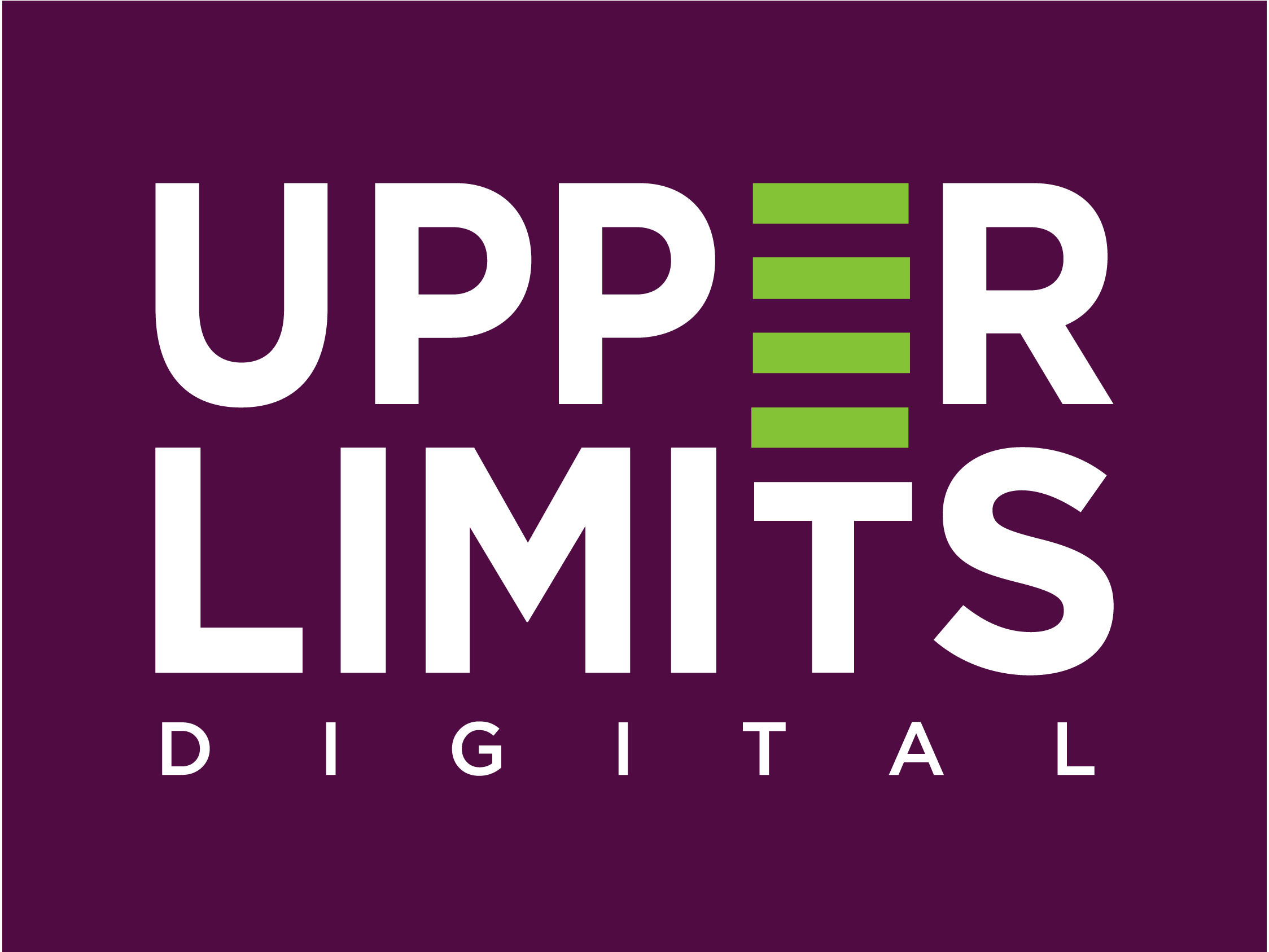Ever wonder why you impulsively add that extra item to your cart or why certain ads seem to speak to you? It’s not just about logic – your brain is running a complex mix of emotions, subconscious triggers, and chemical reactions that influence every buying decision you make. Let’s dive into the neuroscience of purchasing and uncover what’s really happening in your brain when you decide to buy.
Dopamine: The Feel-Good Chemical That Drives Desire
One of the biggest players in the buying process is dopamine, a neurotransmitter responsible for pleasure and reward. The mere anticipation of making a purchase, before you even click “buy” or swipe your card, releases dopamine, making you feel excited and motivated. This is why marketing tactics like limited-time offers, exclusivity, and anticipation-building (think product launches) are so effective.
The Emotional Brain vs. The Rational Brain
Your brain has two key decision-making systems:
- The Limbic System (Emotional Brain): This is where emotions, instincts, and subconscious preferences come into play. It processes feelings like excitement, trust, and fear, which heavily influence purchasing behavior.
- The Prefrontal Cortex (Rational Brain): This part of the brain is responsible for logic, reasoning, and cost-benefit analysis. It steps in to justify or rationalize emotional impulses – but often after the emotional decision has already been made.
Marketers know that emotion drives action, while logic justifies it. This is why storytelling, brand identity, and emotionally compelling messages work so well in advertising.
The Power of Social Proof & FOMO
Your brain is wired to seek validation from others. This is why social proof (like reviews, testimonials, and influencer endorsements) is a powerful psychological driver. The Fear of Missing Out (FOMO) also activates parts of the brain linked to anxiety and urgency, making you more likely to make a purchase before an opportunity disappears.
Anchoring & Decision Fatigue
- Anchoring Effect: Your brain tends to rely heavily on the first piece of information it receives. This is why businesses use premium-priced items to make mid-tier products seem like a better deal.
- Decision Fatigue: The more choices you have, the harder it is to decide. Brands that simplify options or offer personalized recommendations help reduce cognitive overload, leading to faster purchases.
Trust & Familiarity: Why You Buy From Certain Brands
Your brain craves predictability and trust. Brands that create consistent messaging, recognizable visuals, and positive past experiences activate neural pathways that reinforce loyalty. This is why repeat customers tend to buy from brands they already know and trust rather than exploring unknown options.
Final Thought: Buying Is a Brain Game
Every purchase is a mix of emotion, psychology, and neuroscience at play. Whether it’s the thrill of an exclusive deal, the trust in a well-known brand, or the subtle influence of social proof, your brain is making far more unconscious decisions than you realize.
Understanding these processes isn’t just fascinating – it’s also powerful for marketers looking to create deeper connections with their audience. When you know how the brain makes decisions, you can craft messages, offers, and experiences that truly resonate.
